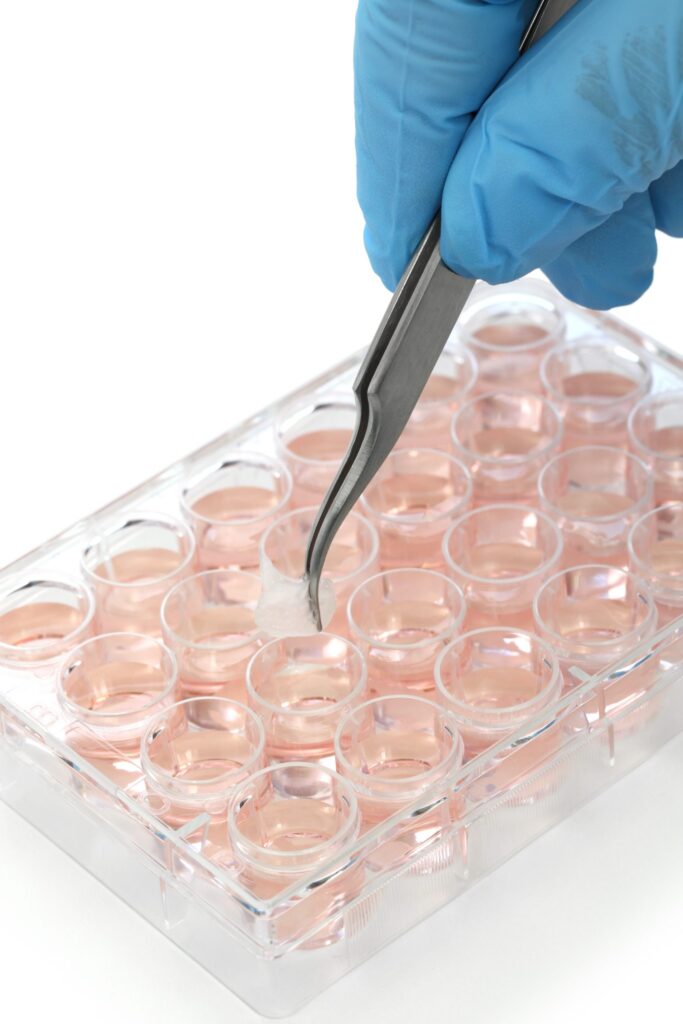The microplate washing machine is a machine designed to clean the plates used during the Elisa practice, by processes of infusion and suction of the substances or show that they are embedded in the polyethylene support. It has tanks that contain liquids, one of them is in a washing buffer and the other one collects the substances that are discarded.
In the study laboratories, the microplate washer is part of the research processes, although it does not detect the disease is the complement of the microplate reader and allows the detection of the various diseases yielding guaranteed results. And Kalstein has the team in charge of following the washing cycles for the different practices that are done at the medical and research level.
The Microplate Washer as a Research Tool
Human lymphotropic virus is a disease that causes disorders such as chronic myelopathy characterized by a clinical picture of spastic paraparesis, causing leukemia and cell lymphoma in patients. This disease is caused by the immigration of transmitters from endemic areas and native populations that contract sexual relations with them. The developmental period can range from years to decades, and its transfer occurs through sexual contact, blood supplies, sharing of needles, and mother-to-child sharing via breast milk. It is classified as an oncovirus due to its pathogenicity.
To diagnose the presence of human lymphotropic virus infection, the Elisa reader is used for serologic screening of this disease, and the determined antigens are absorbed into a polyethylene plate where they are prepared with the test sera.
Therefore, the microplate washer plays a fundamental role for such tests, because it keeps the plates clean through cycles of injection washing, suction and suction automatically using buffer to remove any element that did not come together to avoid incorrect results.
Microplate Washer Methods
The microplate washer has monitoring methods, in charge of recording the washing periods according to the action it performs. It is composed of tanks for the syringe-type washing medium, and a distributor to perform the step synchronously in all wells of the plate.
It complies with extraction methods, where the application of vacuum mechanisms is needed, and provision to accumulate waste from wells. It has progression techniques that are deployed for rationing and extraction that reaches the plate in each well, in order to dispense the washing solution.
On the other hand, to ensure the proper functioning of the microplate washer, always at the end of the processes the equipment should be disinfected as follows:
- Fill the reservoir of the flushing solution with a volume of not less than 300 ml of distilled water.
- Ensure that the waste bottle is empty.
- Priming the system using the liquid ducts to rinse the ducts for one minute.
- Rinse and empty contents, dry and store for future testing.
Microplate Washer (Elisa) Brand Kalstein
It is important to have equipment suitable for microbiology laboratories, and the Microplate Washing Machine (Elisa), comply with all this. This equipment offers uniformity and efficiency during all washing processes. At Kalstein we are manufacturers of such equipment, belong to the YR series, and have attractive features, such as: Wash mode 1-12, row and selectable range. Soak time of 0-999 seconds adjustably. Adjustable vibration time. Large LCD monitor. In addition to 2 channels including water. Residual volume of <1 µ L per well. Precision Cv dosage <2%. Location of cleaning head adjusted in 5 locations and power supply of 220 110 VAC ± 10%, 50 60Hz 100W. Automatic waste and warning of distilled water liquid.
To learn more about our team, we invite you to take a look at our catalog from HERE

